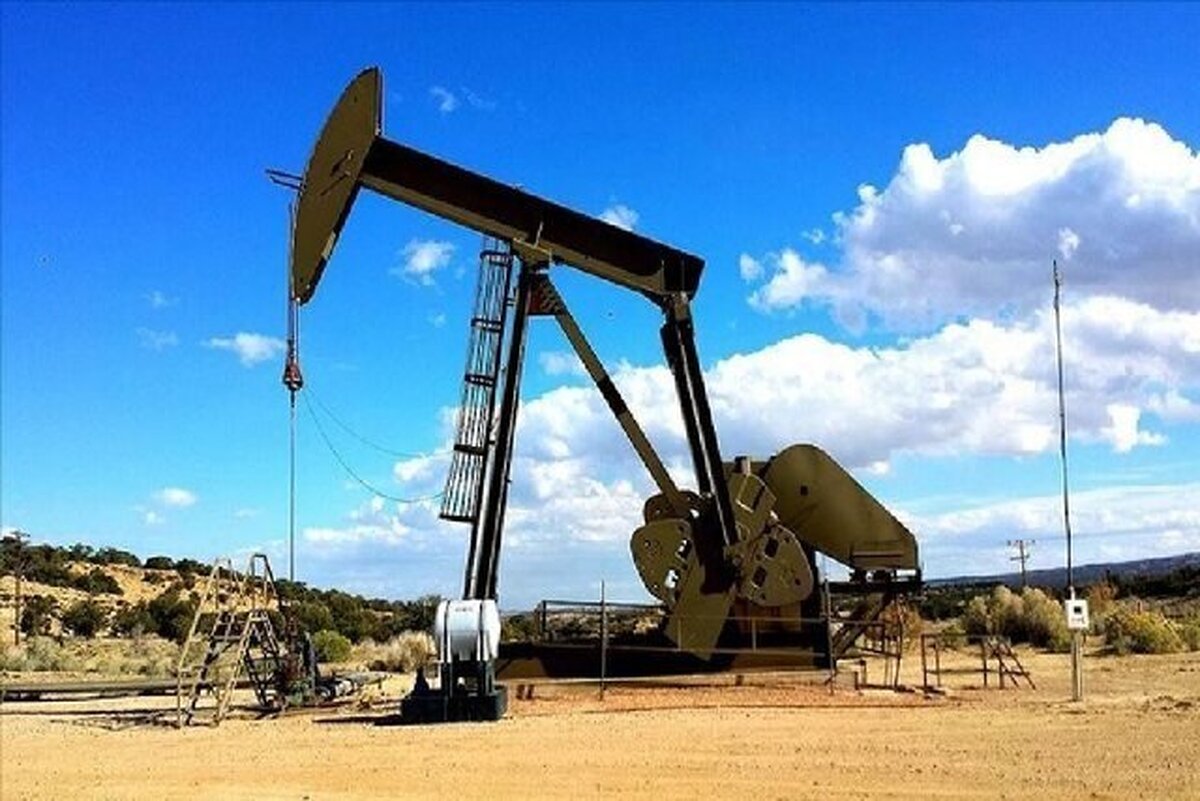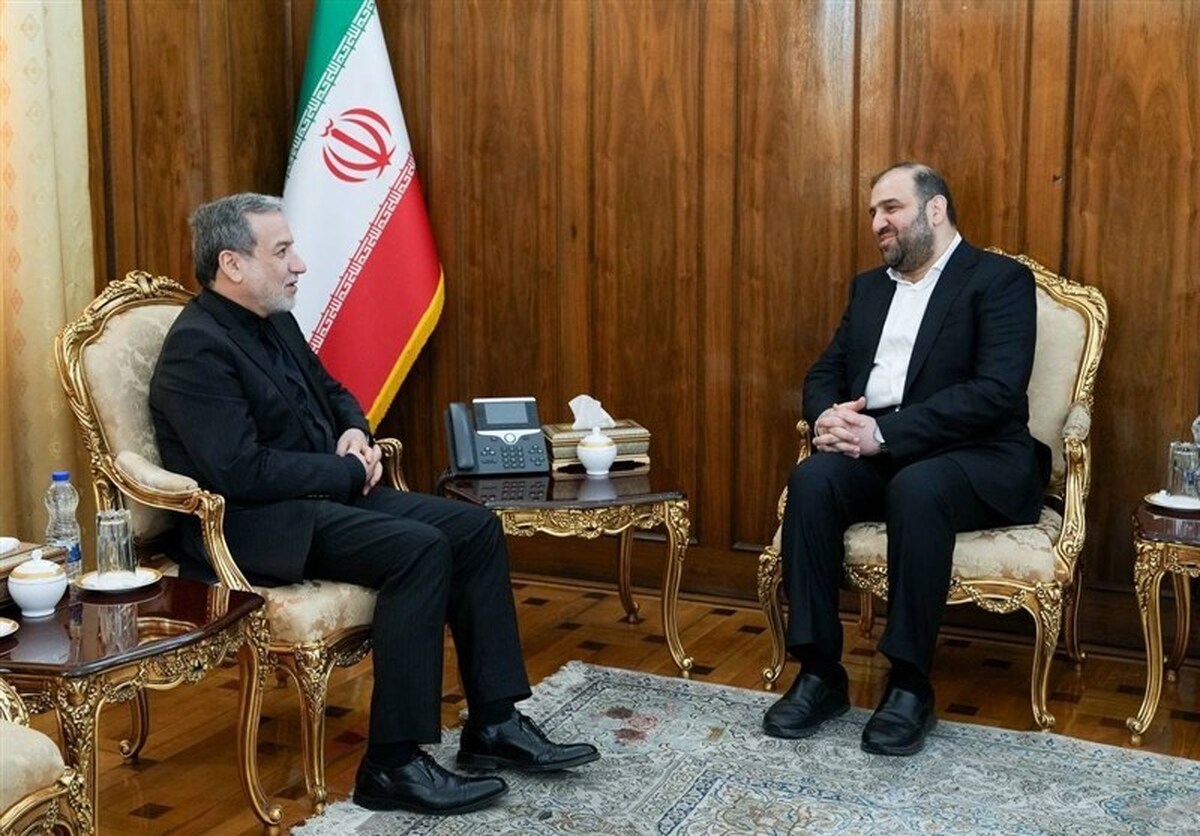
Q1-3 Exports to Iraq Hit $5.9b
EghtesadOnline: Iran exported 20.8 million tons of goods worth $5.9 billion to Iraq during the first nine months of the current Iranian year (March 20-Dec. 20, 2020), registering a 15% decline in value compared with the similar period of last year.
“Iran’s exports to the neighboring country have averaged at $650 million per month so far this year, while the figure for the same period of last year stood at $750 million per month. This shows a $100 million decline in average monthly exports,” Hamid Hosseini, a member of Iran-Iraq Chamber of Commerce’s board of directors, was quoted as saying by Fars News Agency.
The official added that Iran’s exports to Iraq have not experienced a significant decline in weight over the period, but the types of goods exported have changed.
“Our industrial exports have experienced a fall and instead, mineral and agricultural exports have increased,” he said.
Hosseini noted that during the Iranian month ending Dec. 20, exports to Iraq reached $570 million, which is less than the monthly average for this year, adding that this is while every year, exports would see a boost in the second half of the year.
“In view of the upcoming [Iranian] New Year holidays [starting March 21], estimates are that exports will not register an increase this month either [started Dec. 20].”
The official said the depreciation of Iraqi dinar by 23% in international markets will have an impact on the kinds of goods consumed by the Iraqi population, meaning that export figures for luxurious and high-priced commodities are going to shrink.
“After the depreciation of their national currency, Iraqi traders request discounts on Iranian goods, which is more often than not impossible for Iranian exporters to grant. Yet, this same fact can put our trade at risk, taking into account that our rivals in the neighboring market may take advantage and make commercial interactions difficult for us, particularly when it comes to agricultural products,” he said.
“We hope the upcoming Iran-Iraq Commercial Commission meeting is not postponed again for reasons related to the Covid-19 pandemic.”
Hosseini said competitors in the Iraqi market are holding one trade and commercial meeting after another in Iraq, while this joint commission will be the first after nearly six years because Iranian officials are tangled up in domestic issues.
“The event will provide a good opportunity to survey and solve different handicaps in transport and transit, commodity standards, customs tariffs and the Iraqi government’s debts to Iranian contractors,” he said.
Iran’s main rivals in the Iraqi market are Turkey, China, South Korea, India and the US.
According to Farzad Piltan, an official with Trade Promotion Organization of Iran, Iraq imports around $32 billion worth of goods per year, which include wheat, rice, vegetable oil, sugar, medicines, industrial machinery, cars, power plant and telecommunications equipment, while its main exports are crude oil, chemicals, food products and livestock.
Accounting for 23% of Iran’s Exports
Data released by the Islamic Republic of Iran Customs Administration show Iraq accounted for about 23% of Iran’s exports during the three quarters of the current fiscal year.
According to Mehdi Mirashrafi, the head of IRICA, Iran’s total non-oil exports were at 85.2 million tons worth $25.1 billion during the nine months under review.
Compared with the corresponding period of last year (March 21-Dec. 21, 2019), exports registered a 17% and 20% decline in weight and value respectively.
The main export destinations over the period included China with 20.6 million tons of non-oil goods imports from Iran worth $6.4 billion, Iraq with 20.8 million tons worth $5.9 billion, the UAE with 11.4 million tons worth $3.3 billion, Turkey with 5.4 million tons worth $1.8 billion and Afghanistan with 5.2 million tons worth $1.7 billion.
According to a report by Persian economic daily Donya-e-Eqtesad, exports during the month ending Dec. 20 hit 10.2 million tons worth $3.6 billion while imports indicate a 19.4% growth compared with the previous month. On a year-on-year basis, exports decreased by 26%.
Coronavirus, Sanctions
Global trade has dropped by 30% following the outbreak of coronavirus and Iran was no exception.
“Seven countries, including China, Iraq, Afghanistan, the UAE and India, account for 75% of our foreign trade; over 50% of Iran’s non-oil exports are headed to Iraq and China, all indicative of our export vulnerability," Majid Reza Hariri, the chairman of Iran-China Chamber of Commerce, was quoted as saying recently.
“Natural gas, gas condensates, petrochemicals and unprocessed minerals make up 70% of Iran's exports. Covid-19 has pushed down demand for and the prices of these exporting items. For the operation of our production lines, about $45 billion worth of essential goods, pharmaceuticals and medical equipment need to be imported. Given the restrictions placed on oil sales, this figure is unreachable,” he said.
Pedram Soltani, a member of Iran Chamber of Commerce, Industries, Mines and Agriculture’s board of directors, has said Iran has to prepare for a 30% decline in export value in the current Iranian year (March 2010-21) compared with last year due to the impact of the novel coronavirus on national and international trade.
“Under the current circumstances, it is estimated that the country’s exports will fall between $10 billion and $12 billion compared with last year. The main products that will experience a plunge due to the pandemic are petrochemicals, steel, mineral products, tiles, ceramics and nuts,” he was quoted as saying by ISNA.
Soltani noted that China is most likely the least affected economy by the pandemic and since it is Iran’s top trading partner, exports to this country will hopefully remain unaffected.
“Yet, the outbreak of Covid-19 as well as the nosedive in oil prices will make Iraq, our second biggest export destination, very cautious and we will face limitations on commodities we can export to the neighboring country,” he added.
Soltani said that based on World Trade Organization’s prediction, world trade will see a between 13-32% plunge in 2020 (best- and worst-case scenarios), noting that it is likely that the economic crisis awaiting the world now will be more intense than the one experienced in 2008.
Debt Settlement
Iran and Iraq reached an agreement to settle the Arab country's energy debt to Iran, Energy Minister Reza Ardakanian said in Tehran on Wednesday.
Outlining the outcome of his visit to Baghdad a day earlier, the minister said Iraqis had agreed to open a euro-based account to deposit Iran's earnings.
During his one-day visit, Ardakanian conferred with Iraqi energy and banking officials who agreed to deposit the debt owed to the National Iranian Gas Company and the Power Generation, Distribution and Transmission Company in the account, IRNA reported.
An estimated 20 million cubic meters of gas are exported to the Arab neighbor every day (worth at least $200 million per month). However, Baghdad has not settled the debts for more than a year.
On Dec. 27, Iraq’s Electricity Ministry said Iran plans to cut its gas shipments to Iraq due to its outstanding debts. News outlets in Tehran said Iran would resume gas export in full after Ardakanian's visit.
NIGC said Iraq owed more than $6 billion. Debts include $2 billion in arrears and $1 billion in contract violations. Apart from that, $3 billion are blocked and inaccessible in the Trade Bank of Iraq.
Ardakanian said Iraqis have so far settled €700 million of arrears, which were deposited into the new account.
The agreement was built on previous accords between the governors of central banks of Iran and Iraq earlier in October.
The agreement signed by the central bank governors calls for creating a special monetary channel to facilitate bilateral payments. As per the deal, the Iraqi arrears will be used to import basic goods into Iran.




